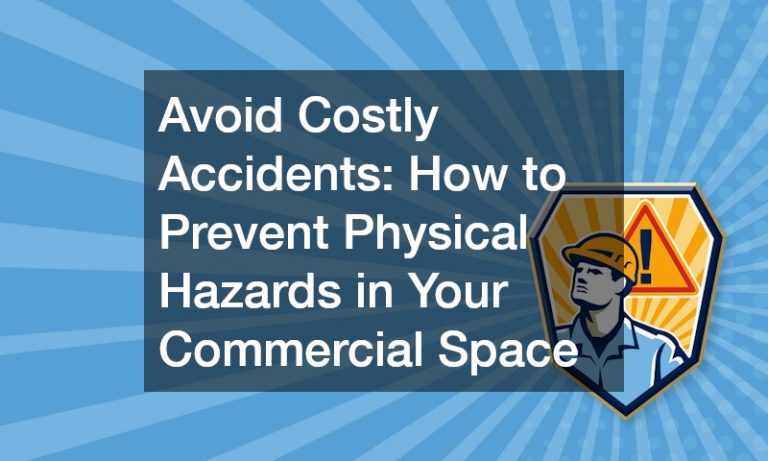We’ve all experienced that moment at night when we’re on the brink of falling asleep. Our eyes are starting to droop. But then we see a video on how the history of, say, sliced bread. It’s a four-minute video. No big deal. But the next thing we know, we’re wide awake. Our minds are reeling as we watched the twentieth video of the night about bread.
We spend hours upon hours scrolling through Facebook and Twitter. Videos of the latest news also catch our attention. There’s a lot of work that comes from producing video content. But do we know why watching videos is such an essential part of our daily lives? How does it benefit us? And how does it benefit websites and businesses?
Short-Form Video vs. Long-form Video
Short-form videos last for a few seconds to about five minutes. A single website mass-produces them. They have similar formats, fonts, colors, and subject matters. This makes the videos a bit hard to distinguish. But, at the same time, it’s a great way for companies to establish their brand identity and style. This familiarity helps in building a relationship with the audience. They are usually uploaded to Facebook and Twitter, designed to attract even the ones who are casually scrolling.
Long-form videos, on the other hand, are usually uploaded to YouTube and other video sites. The experience is drastically different. It’s because, on YouTube, people are actively looking for something to watch. Thus, their interest and attention spans are more open to longer videos. Long-form videos are also quite popular now with explainers. It’s a video format that’s also known as in-depth journalism and storytelling. The explainer format is quite popular with investigative reporting, documentaries, and op-eds. Unlike the short-form video, they take more time, research, and skills. But they have a big payoff with the audience who become deeply invested in the content.

Why Are We Inclined to Watch Videos
In 2015, Microsoft published a study on people’s attention spans. They reported that in 2000, the average humans had an attention span of 12 seconds. But in 2013, that attention span went down to eight seconds. This was quite alarming because the goldfish has an attention span of nine seconds. Yes, our attention spans shrunk lower than the easily distracted goldfish.
Our low attention spans were caused by our ever-growing relationship (and reliance) on our smartphones. An endless amount of information is within our reach. And everyone’s online these days, especially with the pandemic. Our friends and family could only be reached online. So we tend to spend hours relying on our smartphones for almost all aspects of our lives.
Having such short attention spans has its ups and downs. It affects our learning capacities and relationships with other people. But it also, believe it or not, helps us stay calm. Research shows that people might experience higher levels of stress if they focus on one thing for too long. Whichever the case, the rise of video content took advantage of our shorter attention spans. It aimed to offer us content before our interests inevitably waned.
Impact of Short-Term Videos on Businesses
Video marketing has become a popular vehicle for businesses. In a few seconds to two minutes, businesses must establish their brand identity and promote their goods and services. It became the elevator pitch of the digital age. One of the benefits of video marketing is a broad audience. Quality videos achieve high SEO rankings. This way, customers actively searching for specific products and services could easily see your videos. This could turn them into actual consumers. Another upside that videos help build trust and relationships with consumers. It’s because videos feel personal, engaging, and even educational.
Impact of Long-term Videos on Websites
Digital storytelling is a growing format that established some of the most popular websites right now. This includes Vox, NowThis, and Insider. They tell news and feature stories from all over the world. They find and share some of the most obscure stories about mundane things. Although long-form videos require more time, research, and resources, they can also be quite affordable than traditional news reporting. It’s because journalists could use their phones and capture news events. Studies also found that interviewees feel more open to share their stories if journalists are only capturing them through mobile devices.
We might think that all videos uploaded across all social media platforms are in the same realm. Yes, that’s true. But there are significant differences between the short videos you watch on Facebook and the long videos you watch on YouTube. Both formats have their own benefits. It all depends on the story that the website wants to tell. This impacts their relationship with us as the audience.











